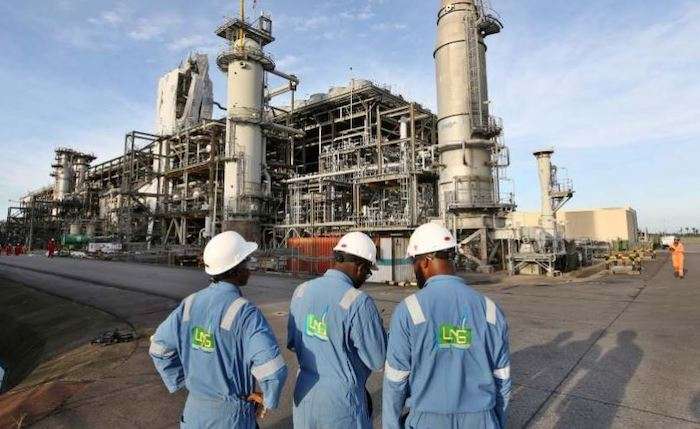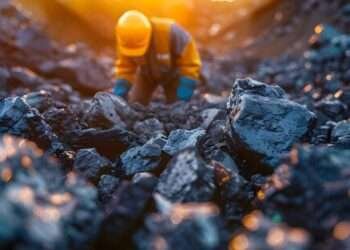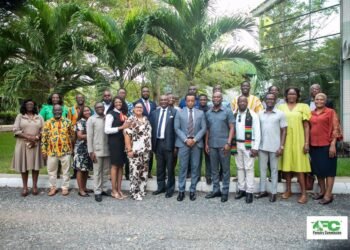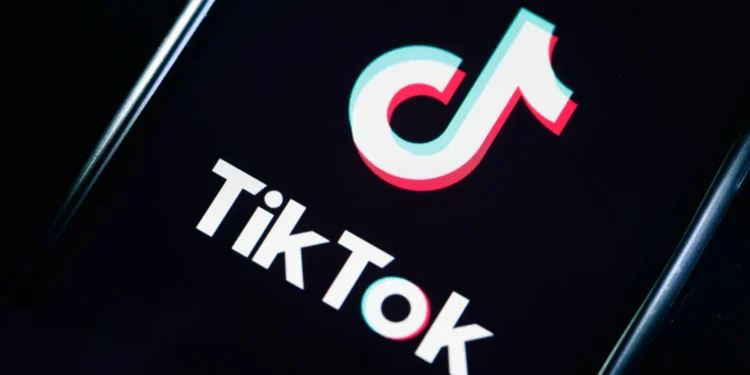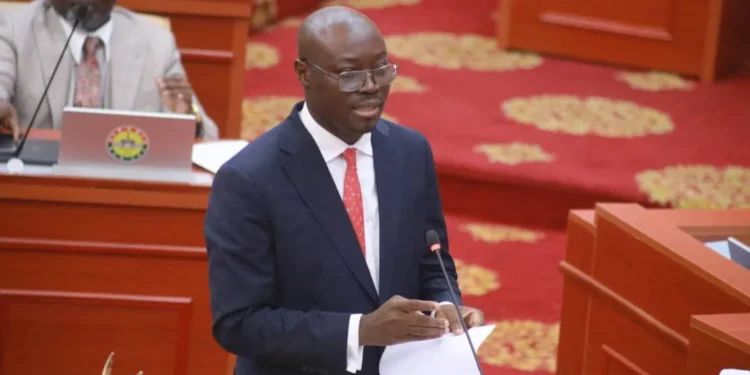Nigeria’s ambition to position itself as Africa’s gas powerhouse received a major boost this week as the Nigerian Upstream Petroleum Regulatory Commission (NUPRC) unveiled a comprehensive Gas Development Roadmap designed to unlock more than 55 trillion cubic feet (TCF) of uncommitted gas reserves and attract billions in new investments across the gas value chain.
According to the Commission, the initiative has already attracted $4.9 billion in capital expenditure (CAPEX) investments in gas projects, signaling renewed investor confidence in Nigeria’s evolving energy landscape.
“The Commission has approved over 25 Non-Associated Gas (NAG) Field Development Plans, unlocking nearly 9,790 billion standard cubic feet (BSCF) of reserves, 3.54 BSCF per day of gas.”
Nigerian Upstream Petroleum Regulatory Commission (NUPRC)
In a statement, NUPRC explained that the roadmap is a strategic framework for mobilizing new investments, expanding gas infrastructure, and accelerating the monetisation of Nigeria’s vast gas endowment.
The initiative, it said, would strengthen the country’s energy security and drive long-term industrial growth.
Nigeria’s gas potential and strategic outlook
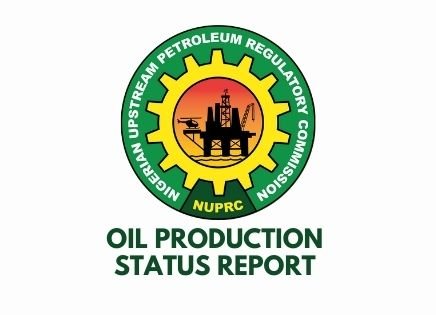
Speaking at the 3rd Gas Investment Forum in Lagos, the Commission Chief Executive, Engr. Gbenga Komolafe, represented by the Executive Commissioner for Development and Production, Engr. Enorense Amadasu, said the roadmap forms part of a broader plan to consolidate Nigeria’s role as a regional gas hub.
He noted that Nigeria’s proven gas reserves currently stand at 210.54 TCF, made up of 109.51 TCF of Non-Associated Gas (NAG) and 101.03 TCF of Associated Gas (AG).
Of this total, 55 TCF about 26 percent remains uncommitted to any existing or planned monetisation projects, presenting vast opportunities for both domestic and international investors.
“Nigeria’s gas potential is enormous, and our focus is to ensure that it is fully harnessed for industrialization, power generation, and export.
“The Gas Development Roadmap provides a clear pathway for this transformation, ensuring that regulatory bottlenecks are minimized and investor confidence remains strong.”
Engr. Enorense Amadasu, Executive Commissioner for Development and Production of NUPRC
According to NUPRC data, Nigeria’s Reserves Replacement Ratio (RRR), a measure of how effectively reserves are replenished currently stands at 1.56, signaling long-term sustainability for investors.
The Reserves Life Index (RLI) is estimated at 92.7 years, underscoring the stability and longevity of Nigeria’s gas resource base.

The Commission further reported steady growth in gas production, which rose from 6.91 billion standard cubic feet per day (BSCF/D) in 2023 to 7.61 BSCF/D in 2025.
The domestic market currently accounts for 28 percent of total gas utilisation, while exports via Liquefied Natural Gas (LNG) and the West African Gas Pipeline (WAGP) represent 35 percent, and field use including gas lift and reinjection contributes 29 percent.
Amadasu said, “Our goal is to increase domestic gas utilization, particularly for power generation and industrial feedstock,” noting that Nigeria’s growing industrial sector requires consistent gas supply to support manufacturing, petrochemicals, and fertilizers.
The NUPRC also revealed that it is actively facilitating regulatory approvals and upstream gas supply negotiations for major projects, including NLNG Train 7, the Ajaokuta–Kaduna–Kano (AKK) Pipeline, and the Brass Fertilizer and Petrochemical Project.
These developments, according to the Commission, are expected to transform the country’s gas landscape and attract substantial foreign capital inflows.
Currently, the Commission is monitoring 19 active gas development projects, consisting of 10 production facilities and 9 pipeline developments with a combined capacity of 3.55 BSCF/D.
Approximately 88 percent of these projects are in the engineering phase, while 12 percent have moved into construction or fabrication.
Amadasu highlighted that 86 percent of new gas production projects are targeted at export markets particularly feed gas supply for LNG while 23 percent (142 million standard cubic feet per day) will serve the domestic market.
Rising investor confidence
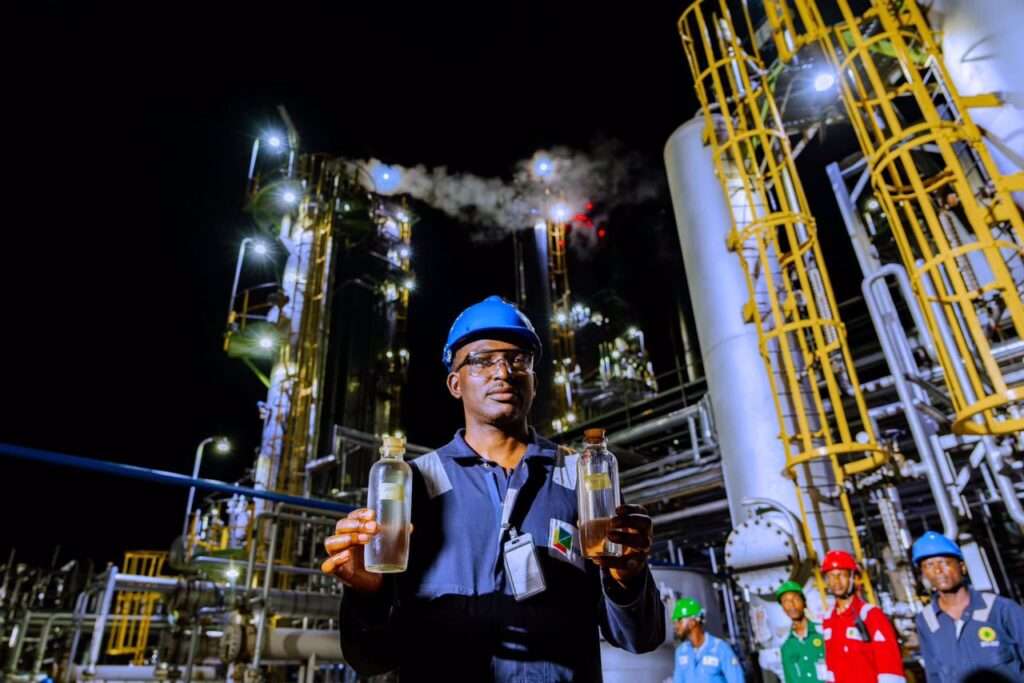
The NUPRC’s new roadmap coincides with a broader resurgence in Nigeria’s upstream oil and gas activities.
In early October, the Commission reported a sharp increase in rig count, a key indicator of exploration and production activity from eight in 2021 to 69 rigs as of October 2025. “This impressive rebound reflects renewed investor confidence in Nigeria’s petroleum industry,” said Eniola Akinkuotu, Head of Media and Strategic Communication at the NUPRC.
The country’s crude oil production has also shown steady improvement, rising 5.5 percent year-on-year in August 2025 to an average of 1.43 million barrels per day (bpd), compared to 1.36 million bpd recorded in the same period of 2024.
This roadmap represents a turning point for Nigeria’s energy strategy, shifting focus from crude oil dependency to gas-led industrialization.
The initiative aligns with the government’s Decade of Gas agenda, which seeks to transform gas into a catalyst for economic diversification and sustainable growth.
If successfully implemented, the NUPRC’s Gas Development Roadmap could mark the start of a new chapter in Nigeria’s economic, one driven by gas, innovation, and long-term prosperity.
READ ALSO: BoG’s $1.15bn FX Injection Sparks Clash with IMF and World Bank Over Cedi Stabilization

